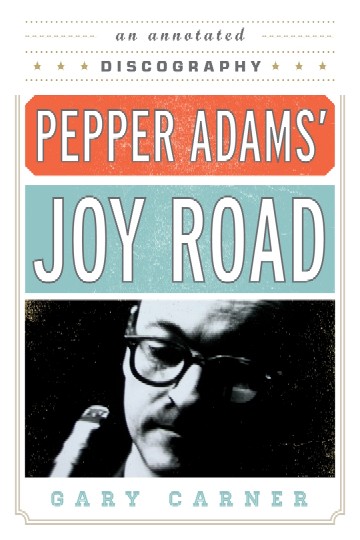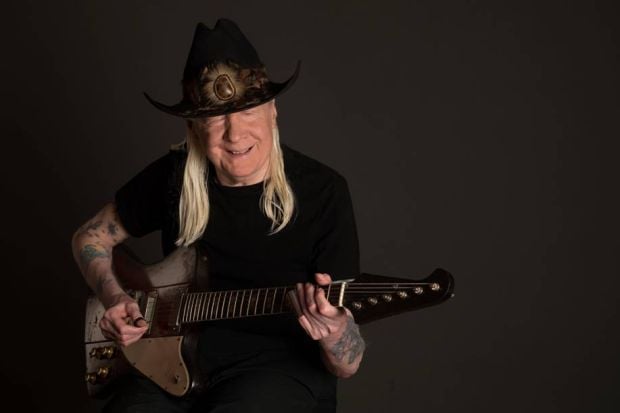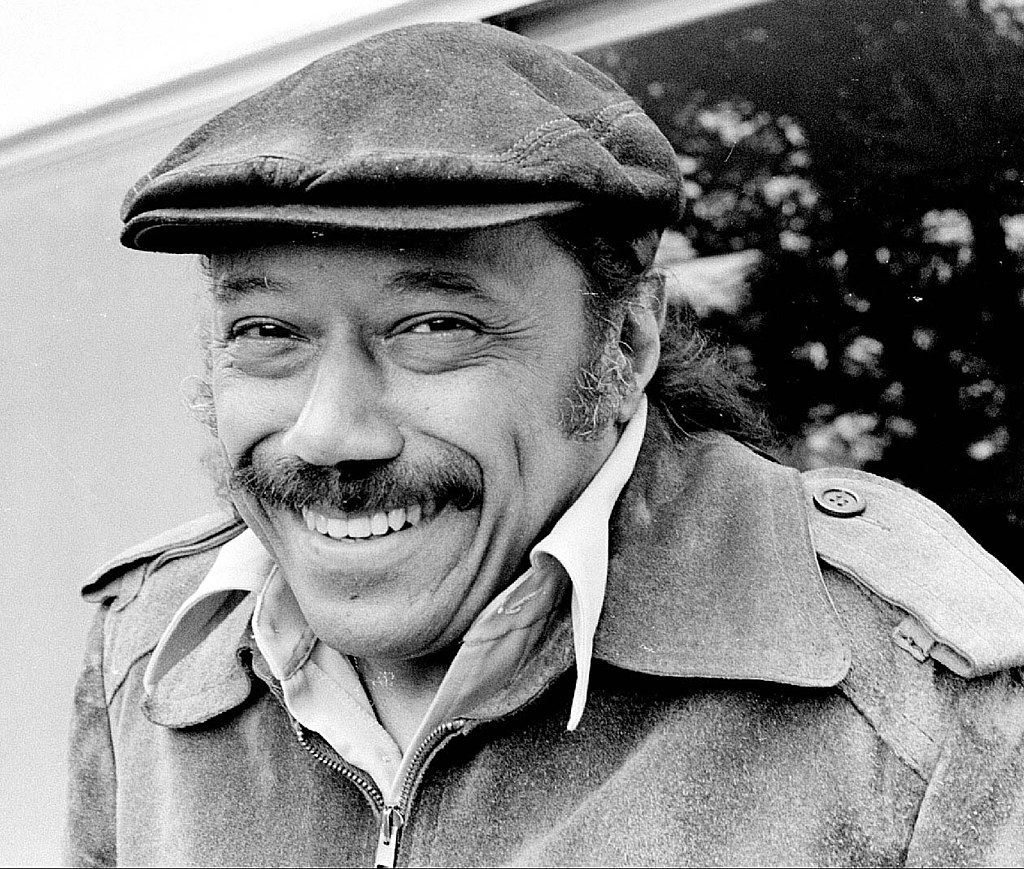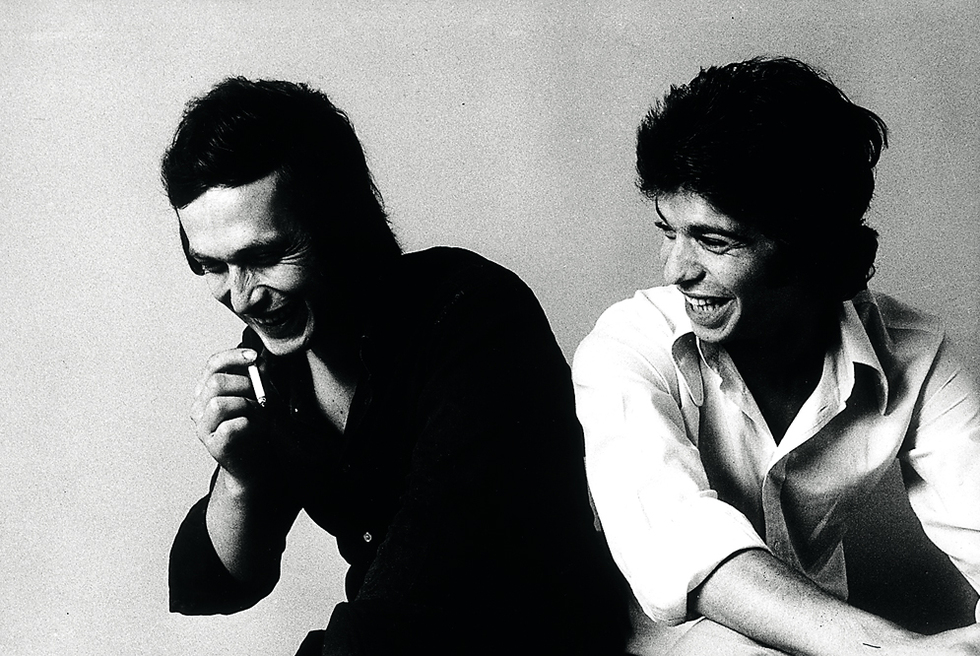That is one of the most widely heard jazz sounds ever, even though many wouldn't know that they're actually listening to Pepper Adams, a giant of the baritone sax who blasts through the whole piece playing that vamp almost constantly. Now we also know how grinding this session was for him, because the musicians in this Mingus band had never played together until that day in the studio, and there was a lot of repetition and many false starts involved in the recording.
That is the kind of detailed, first-hand information you can read on Gary Carner's Pepper Adams' Joy Road - An Annotated Discography (Scarecrow Press, 2012), a true labour of love by the author, who's been justly awarded with the 2013 award to the best jazz discography by the Association of Recorded Sound Collections, ARSC.






























